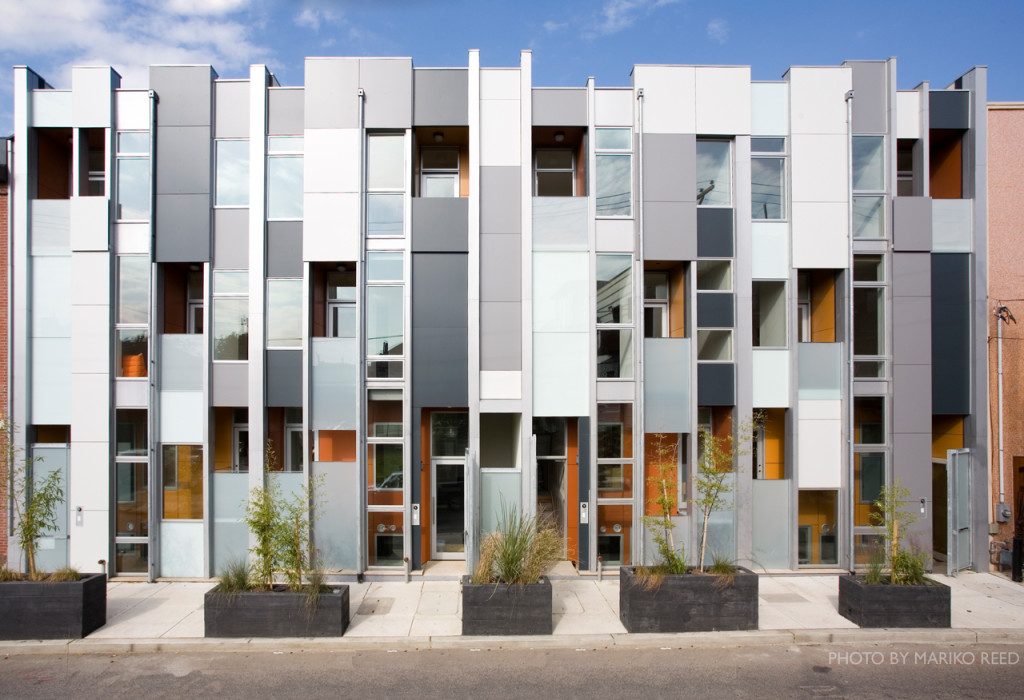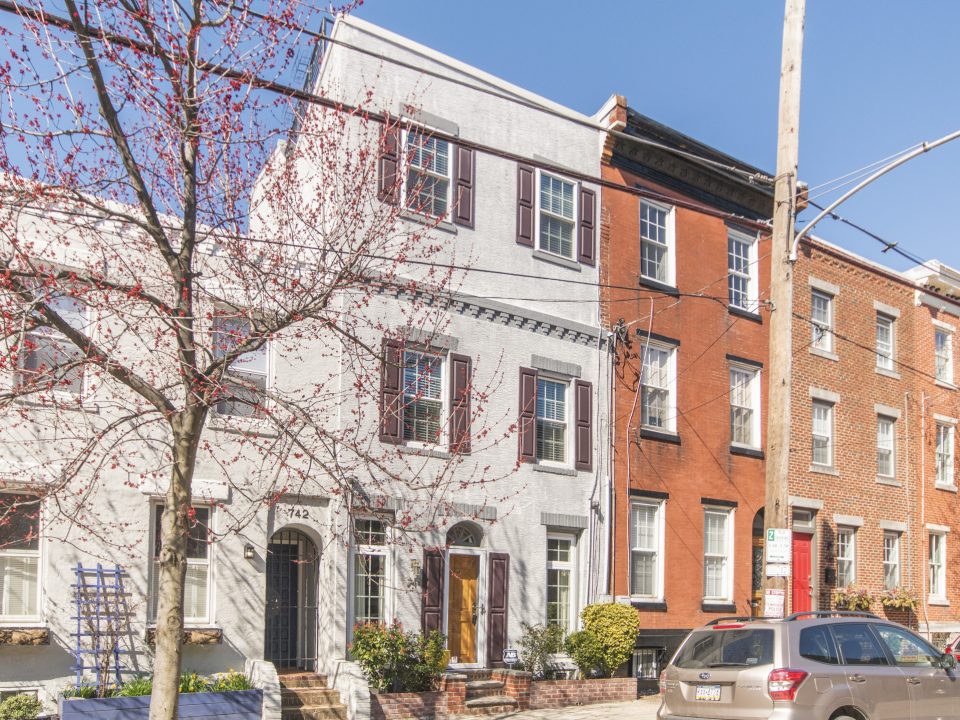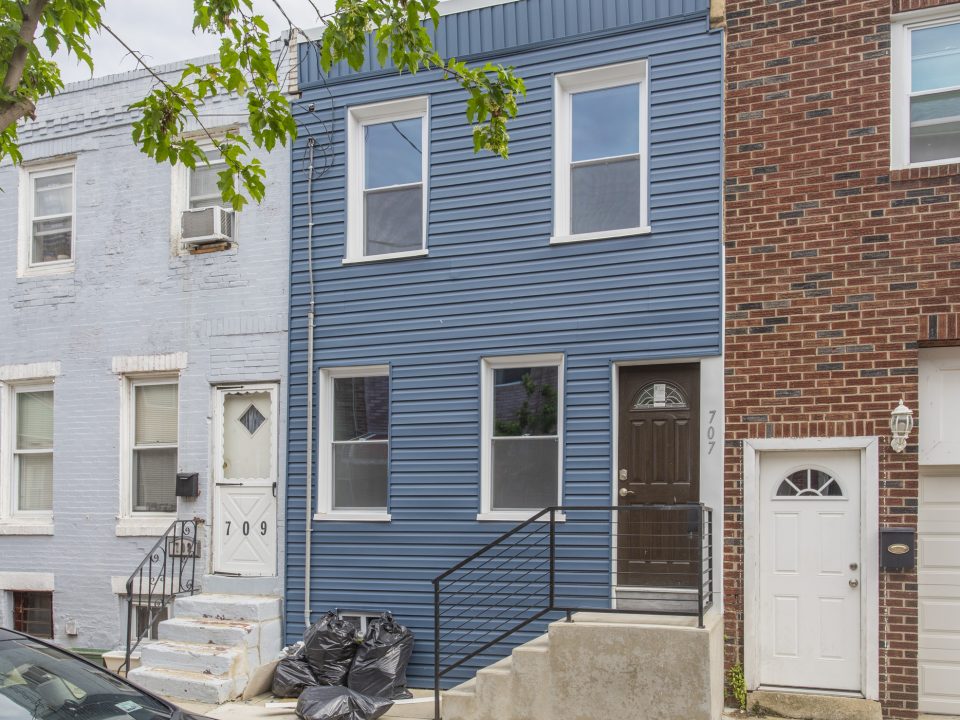Green Living in Philly: Thinking Big, Going Small
The conundrum of greener living in Philadelphia is the same one faced by big cities the world over: how exactly do we go about balancing the traditional components of a green home with the limited space available? City dwellers who value proximity to work or school want more environmentally-friendly options, but designers and architects face different challenges when confined to existing building footprints and infrastructure.

Each of the Thin Flats condo buildings is composed of two stacked, narrow dwellings. Talk about lean and green! Photo credit: Mariko Reed of smartplanet.com
The solution for the City of Brotherly Love, it seems, is a one-two punch combining small spaces with some of the cleverest implementation of form and function ever seen. A quintessential tenet of green living is using no more resources than necessary: slender townhomes and diminutive single-family homes fit the bill. More importantly, perhaps, going small keeps these homes affordable. At a time when developers are ever brainstorming ways to make the sketchiest sections of town again attractive to young professionals and families, the right price consistently emerges as the most tempting carrot.
Towards that end, we have Chad and Courtney Ludeman’s Postgreen Homes development. Four modest, ultra-green houses cluster on a corner of the gritty-but-developing East Kensington neighborhood, each priced to fly out the door at less than $300k. Older but equally impressive are the Thin Flats condos of Northern Liberties, which were the US’s first first LEED-Homes Platinum Certified residential duplex project. Boasting private yards, sleek glass-and-stainless-steel design, and top-of-the-line, energy efficient appliances, the Thin Flats are the kind of place that anybody would be thrilled to inhabit. The Onion Flats firm that built the condos was inspired by the traditional, narrow shape of Philadelphia’s classic rowhouses to develop a project that would help revitalize a faded industrial neighborhood and showcase the latest and greatest in environmental-friendliness.
In addition, Habitat for Humanity recently completed a 4-bedroom, 2-bathroom home in North Philly that qualified for LEED Gold certification. A goal of that project was, again, proving that green living need not cost piles and piles of green dollars. If we keep moving in this direction, our potential for inspiration and change is virtually limitless!
Note: this post is Part Two of a doubleheader on green living. If you haven’t already, check out Friday’s post on how a vertical forest in Milan might be the first harbinger of great things.



